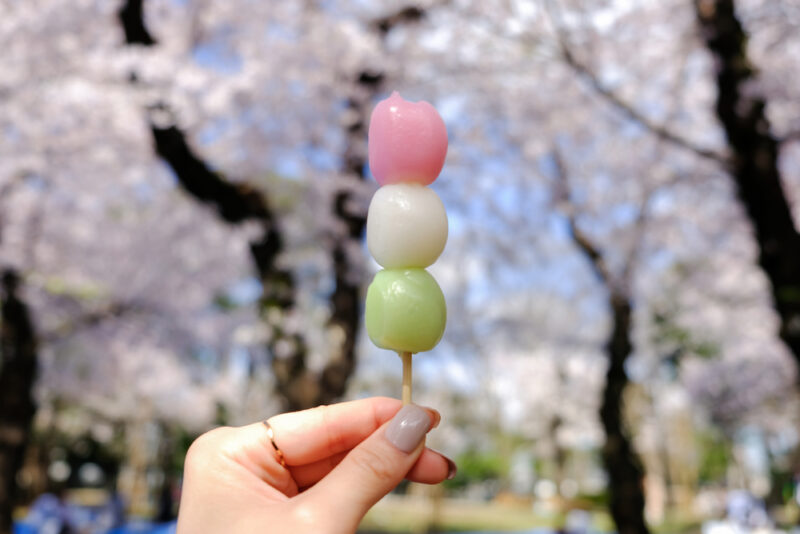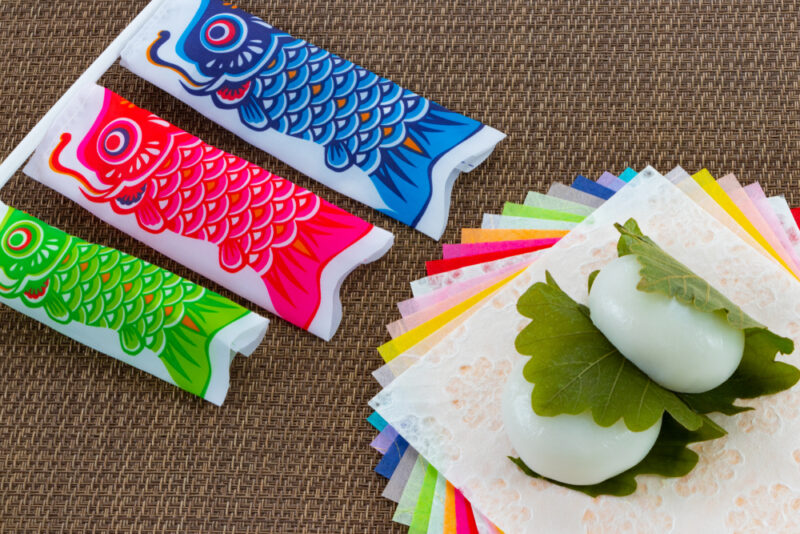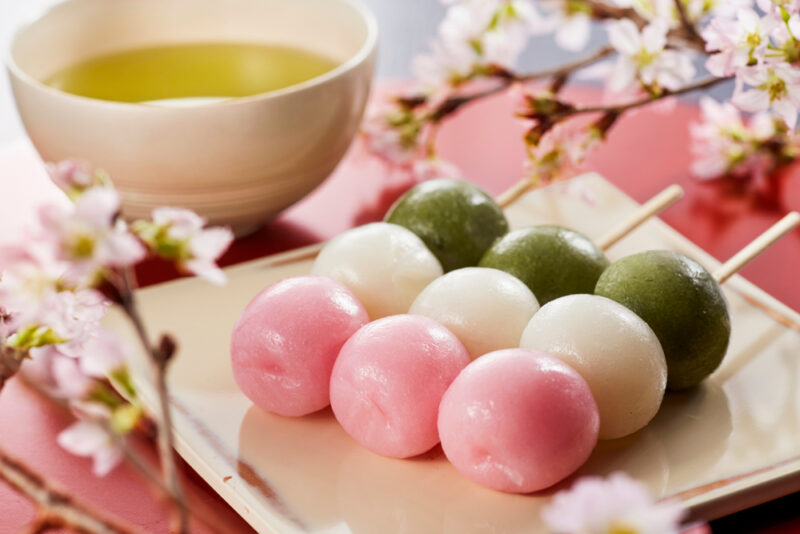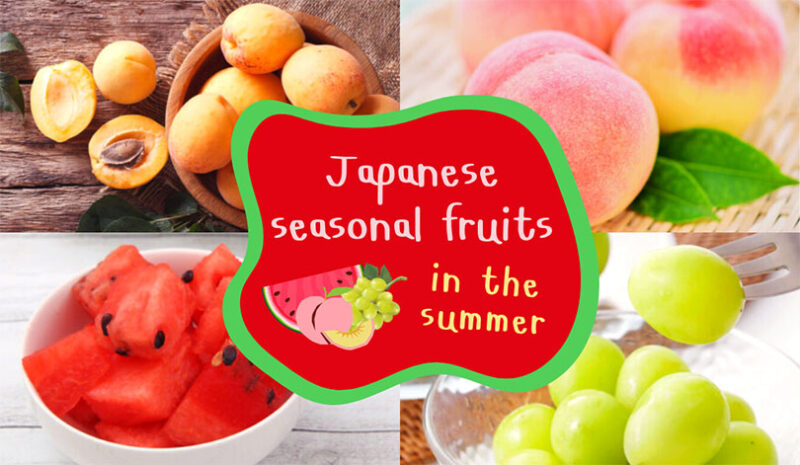Japanese seasonal sweets in the spring
Mar 30, 2022
Introduction : Japanese seasonal sweets in the spring

Japan is the only country where you can enjoy four seasons in every aspect, and one of the most popular ways to enjoy Japan’s four seasons is through its seasonal ingredients.
Japan has been using seasonal ingredients since ancient times, and the word “Shun (旬)” refers to the time of the year when a given ingredient is at its freshest and most flavorful state.
The four season elements can be enjoyed in Japanese sweets too, and this feature, we will introduce some Japanese sweets to enjoy in spring!
Index : Japanese seasonal sweets in the spring
1. Yomogi Mochi

Yomogi Mochi, or Mugwort Mochi, is a Japanese sweet with thin skin that is made by mixing mugwort leaves with mochi flour, and stuffing it with sweet red bean paste. Unlike other mochi, yomogi mochi has a mild, earthy flavor that comes from the yomogi leaves used in it.
2. Bota Mochi

Bota Mochi, or known as Ohagi, is a sweet mochi rice ball covered with red bean paste, which sometimes is coated with kinako powder (roasted soybean flour), or crushed sesame seeds. The sweet gets its name from botan, or peony flower, which blooms in spring.
3. Hishi Mochi

Hishi Mochi is one of the most important aspects in Hinamatsuri, and it is made by molding the mochi dough into a diamond shape. Hishimochi has three layers, which all come in different colors: green, white, and pink.The white layer represents the end of winter, and the green layer represents new growth, and the pink layer represents the beginning of spring when ume plum blossoms bloom in early spring.
4. Kashiwa Mochi

Kashiwa Mochi is a Japanese sweet served on Children’s day, which falls on May 5 every year. Invented during the Edo period in the Kanto region, kashiwamochi is a round, flat rice cake filled with sweet red bean paste, that is steamed and wrapped in an oak leaf. Kashiwamochi represents a symbol of good fortune.
5. Sanshoku Dango

Sanshoku Dango, or Tri-color Dango, is a Japanese sweet that is served on Hanamatsuri day. The dango balls are made with rice flour dough and served on a skewer. The three colors in sanshoku dango have the same meaning as the three colors used in Hishimochi.
Read more articles
- Japanese seasonal fruits in the spring
- Japanese seasonal foods in the spring
- Five spring flowers worth traveling Japan for






